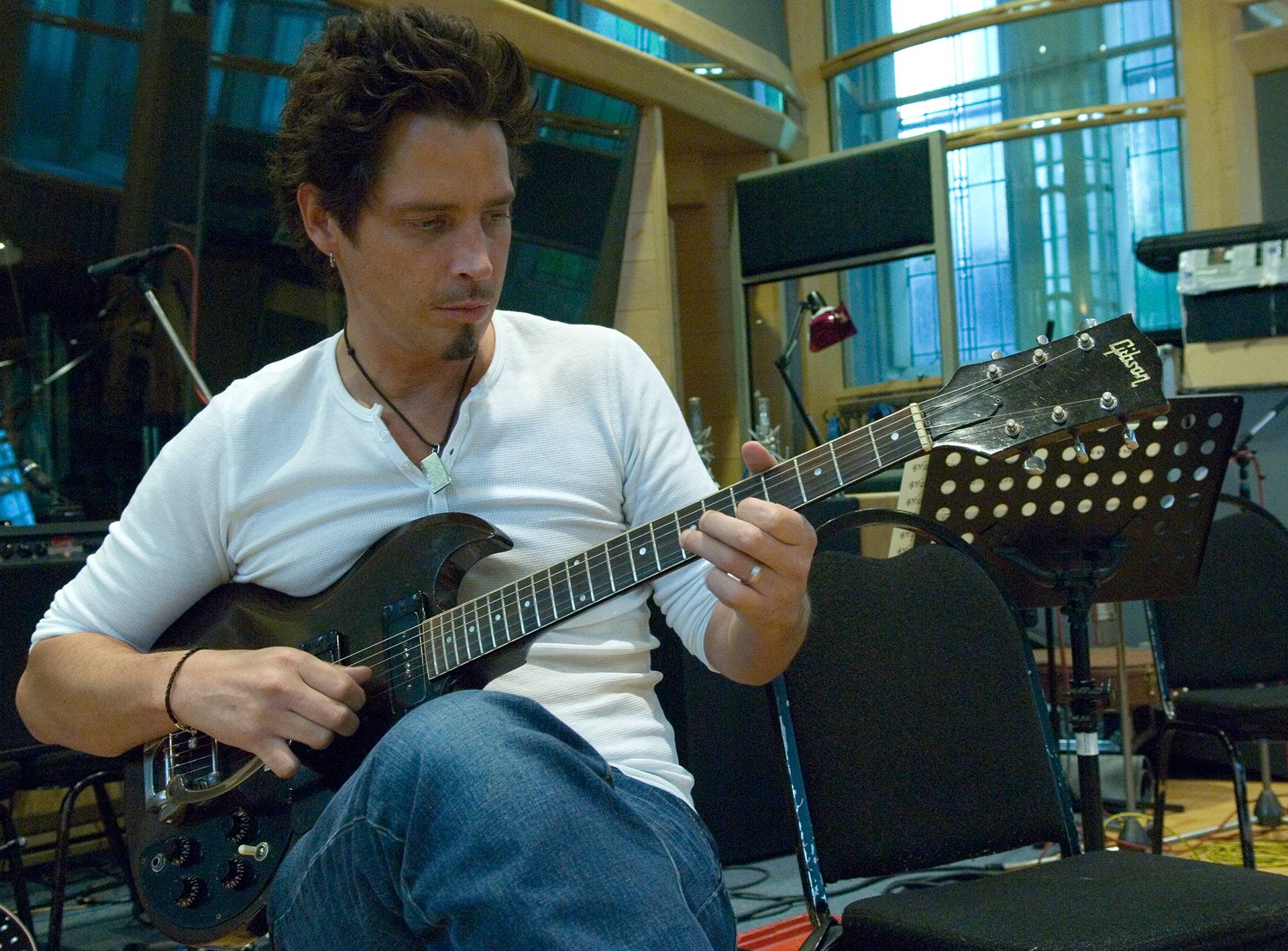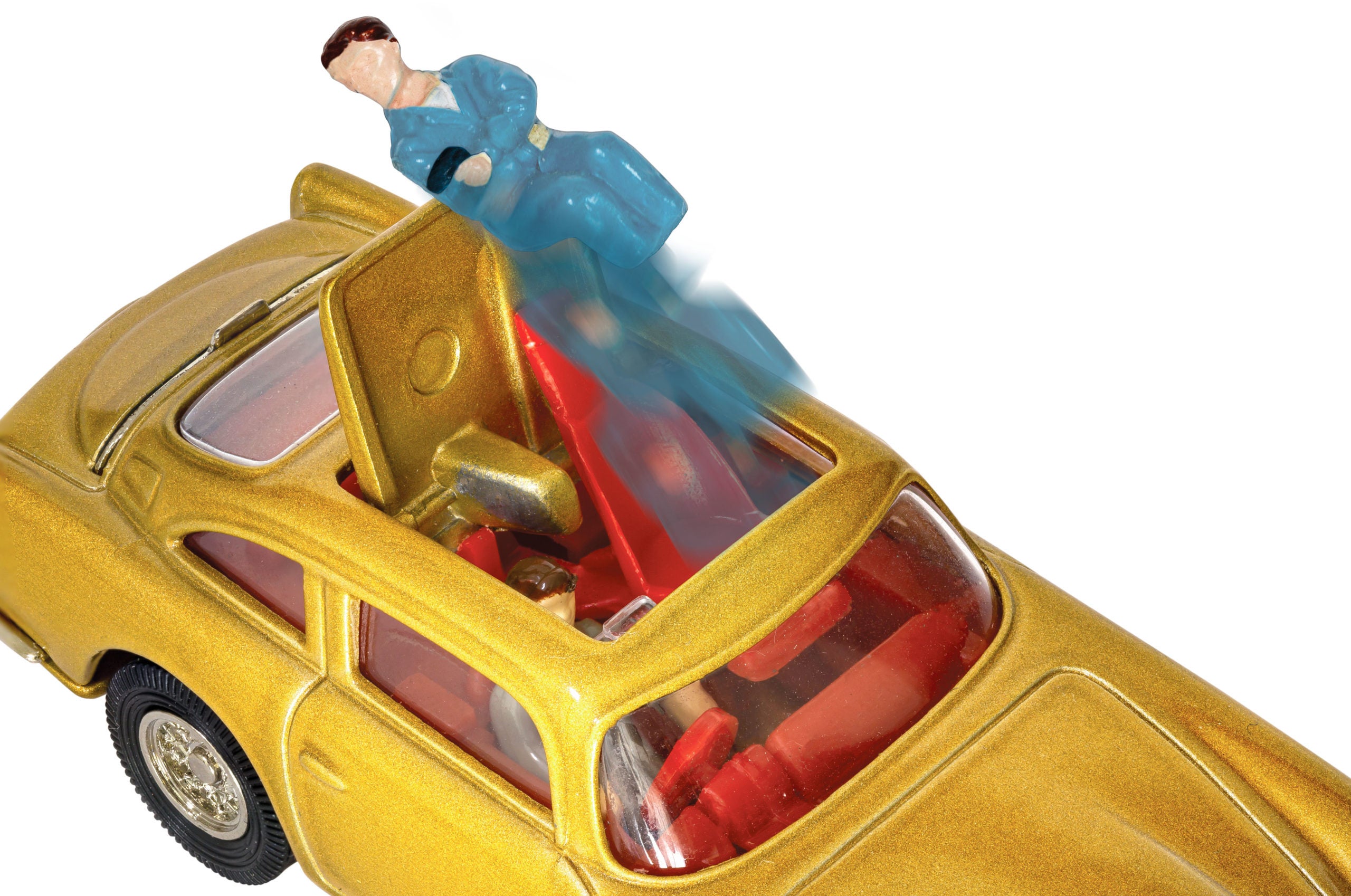1. The competition is only open to people aged 18 years or over excluding employees of the Promoter or anyone else professionally connected with this promotion. This competition is open globally. Anyone attending who is under 18 must be accompanied by an adult.
2. One winner and nine runners up will be chosen at random during the Promotion Period to win the prize and will be contacted directly. The competition ends on May 12.
3. The winner will need to get in touch with the 007 Facebook page or Instagram account via a direct message by 6pm (BST) the next day to claim their prize otherwise the right to the prize will be lost and the Promoter reserves the right to re-award the prize.
4. No entries from agents, third parties, organised groups or applications automatically generated by computers will be accepted for the Prize Competition.
5. Anyone found to use multiple accounts to enter will be ineligible.
6. Multiple entries in a single day will not be accepted.
7. Proof of submitting your entry is not proof of receipt of any entry by the Promoter. The Promoter is not responsible for any entries that fail to be submitted for any technical reason whatsoever. Entries submitted by any other means will be rejected. The Promoter can accept no responsibility for, and reserves the right to refuse entries which are corruptor incomplete. Any entries containing offensive or inappropriate content will be rejected.
8. No cash or alternative in part or full will be offered in lieu of the specified prizes. Prizes are not transferable.
9. By entering participants will be deemed to have accepted and be bound by the rules. All entry instructions form part of these Terms and Conditions.
10. The Promoter reserves the right to amend, alter or terminate this promotion at any time due to circumstances beyond its control.
11. The Promoter’s decision is binding in all matters.
12. Meta (Facebook and Instagram) is not a sponsor of this contest and bears no responsibility or liability for the administration, operation, judging, or conduct of the contest, or the fulfilment of the Prizes associated with this Promotion. Promoter and Data Controller: AI, 10-11 Archer Street, Greater London, W1D 7AZ. By participating you hereby release and hold harmless Meta (Facebook and Instagram) from any and all liability associated with this promotion.
13. The prize will consist of a one hour training session with trainer Simon Waterson plus a signed copy of his book Intelligent Fitness. Nine runners-up also win a signed book. Winners of the training session and books will be picked at random from the correct answers. The training session will be in person or via a video link (such as Zoom) depending on winner’s location. Winners must provide their own transport to the training session location. Winners must provide their own equipment to attend video link sessions.
14. These rules are governed by the laws of England and subject to the exclusive jurisdiction of the English courts.



